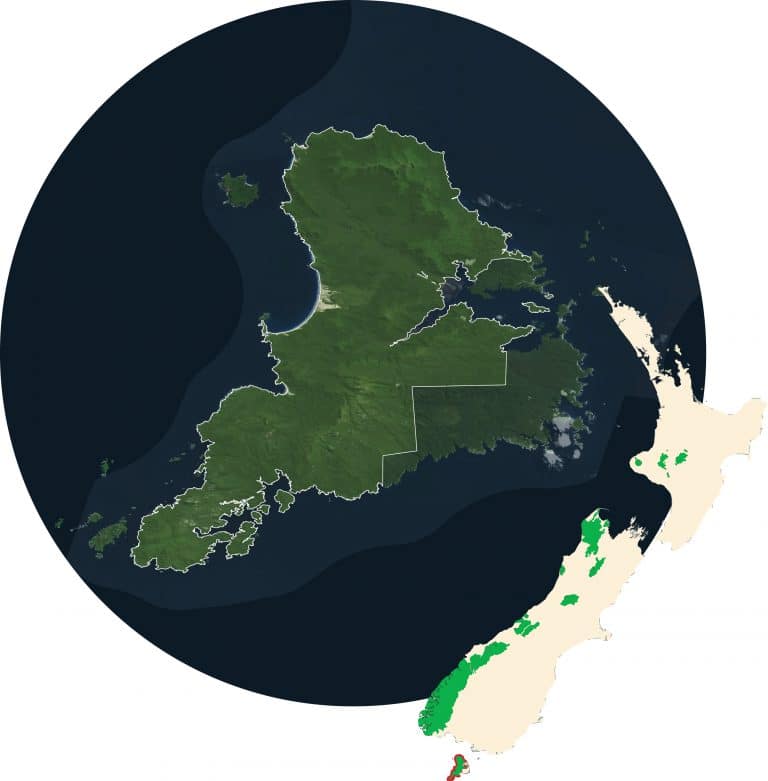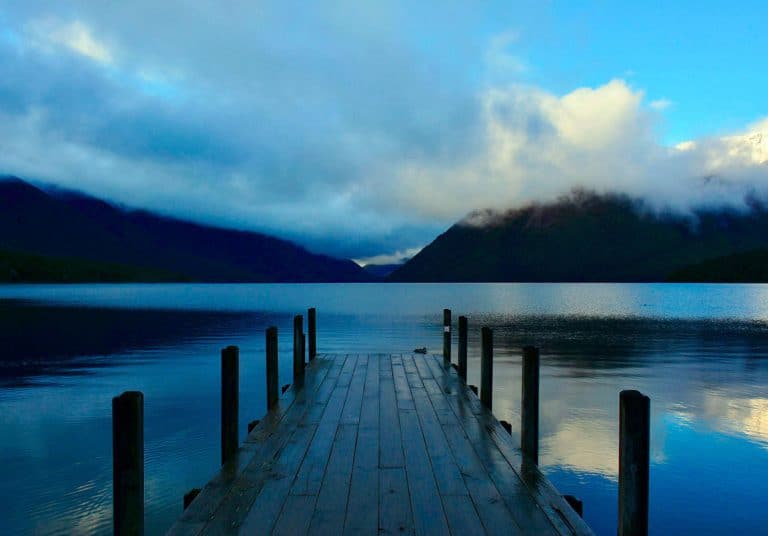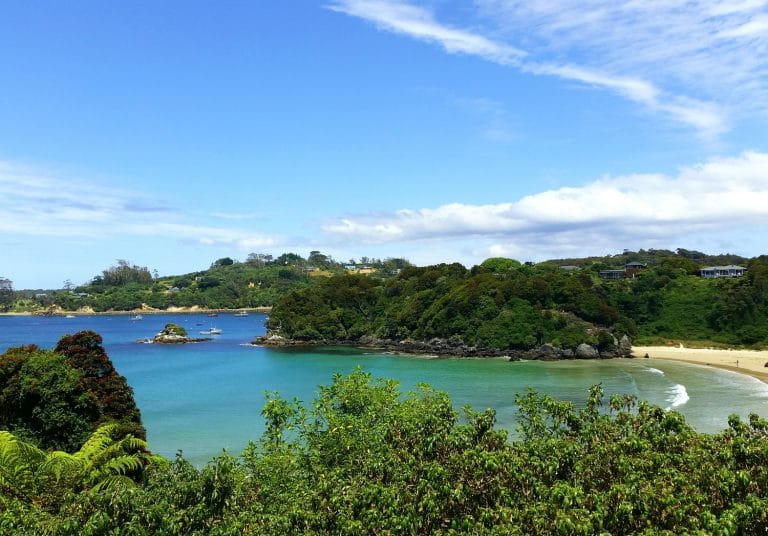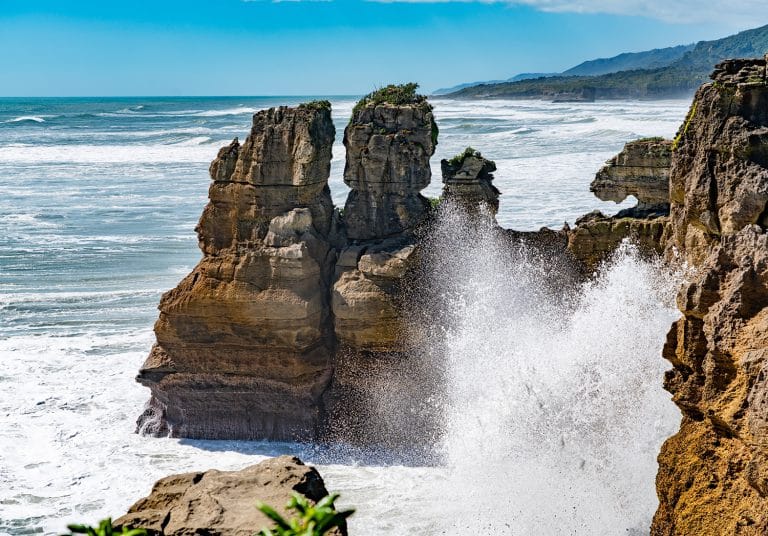Nelson Lakes National Park was established in 1952 and as its name suggests has many lakes both big and small. The crystal clear waters of the deep lakes at this northern tip of the South Island of New Zealand reflect the immense mountain…
Muttonbirding
Since early human arrival to New Zealand people have hunted the titi. This seabird is also known as the sooty shearwater or muttonbird. Maori continue to have legal rights to harvest titi in Rakiura. Traditionally the birds were preserved in kelp bags.
Image © National Library of New Zealand




